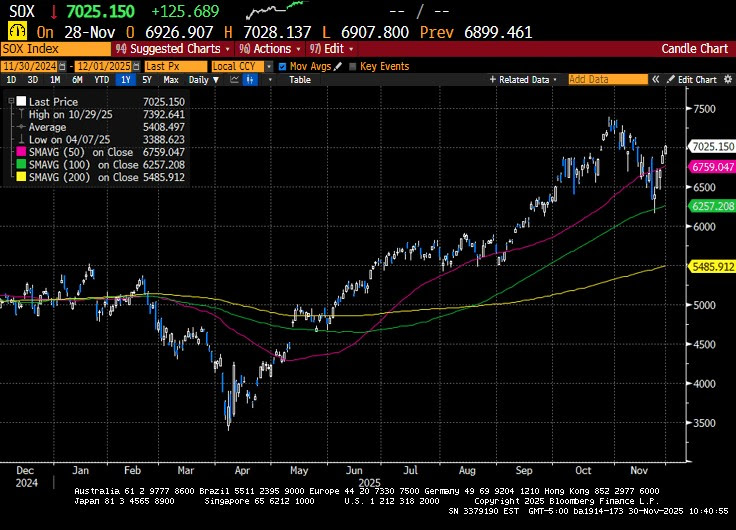Dec 1, 2025
By Sarah Brenner, JD Director of Retirement Education As the calendar runs out on 2025, retirement account owners and beneficiaries may face a looming deadline. December 31 is the deadline for many to take 2025 required minimum distributions (RMDs). Test your...

Nov 29, 2025
What to Know About Filling the Gaps in Original Medicare If you’re approaching Medicare or already enrolled, you’ve probably noticed something surprising:Original Medicare (Parts A & B) doesn’t cover everything. That’s where Medicare Supplement Insurance (also...

Nov 28, 2025
The holiday-shortened week saw global financial markets trade higher. Increased optimism for a December rate cut, along with some constructive news on the AI front, catalyzed buying across risk assets. Several Fed officials indicated they were inclined to support a...
Nov 27, 2025
By Andy Ives, CFP®, AIF® IRA Analyst Thanksgiving Season is upon us! Here at The Slott Report, we are thankful for many things: We are thankful to have a platform to share all the important IRA and retirement account information about which we write. We are thankful...

Nov 27, 2025
For most people, retirement isn’t about a specific age or account balance—it’s about confidence.Confidence that the bills will be paid, that you can handle surprises, and that you won’t run out of money before you run out of life. As we approach 2026, retirement...



